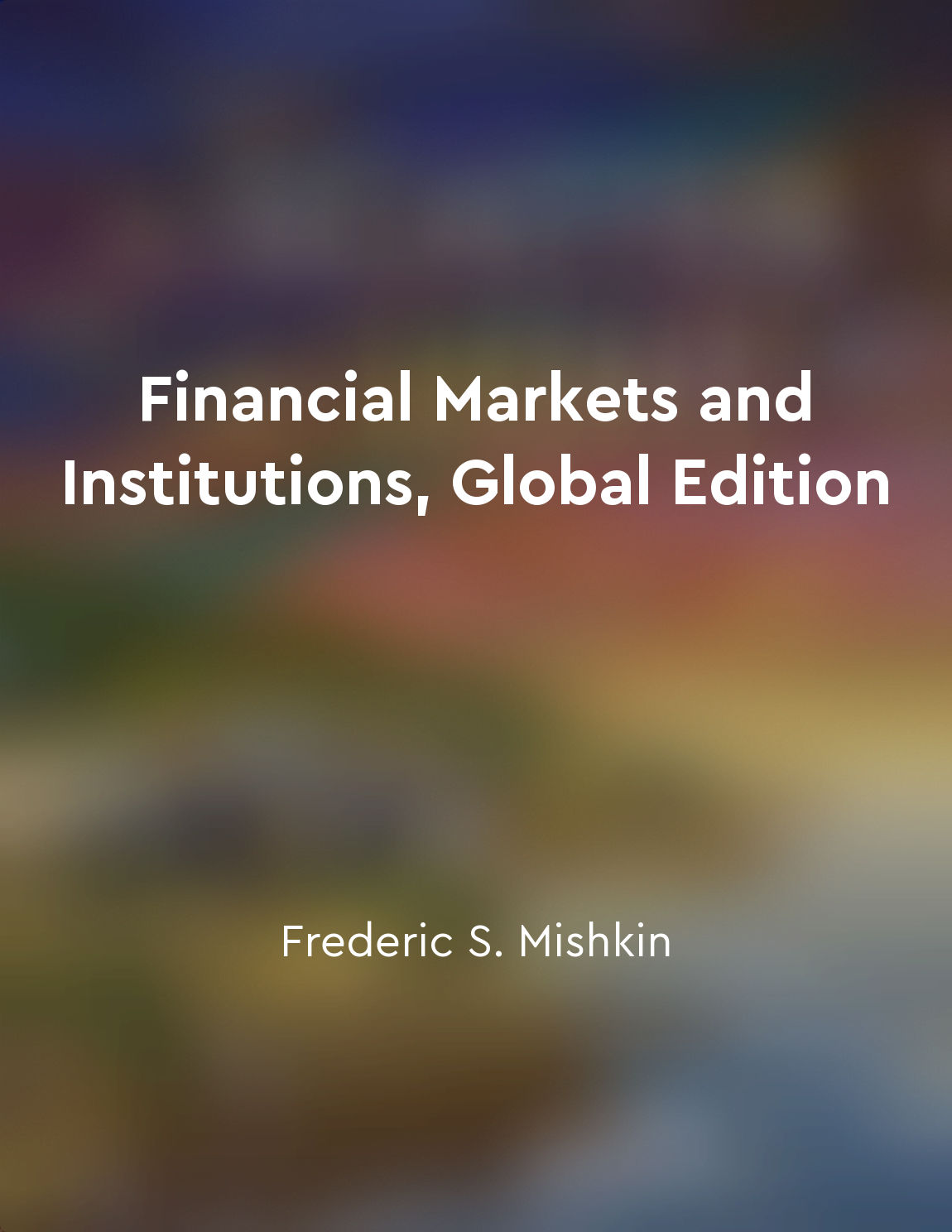Businesses faced bankruptcy from "summary" of The Great Crash 1929 by John Kenneth Galbraith
The most devastating consequence of the stock market crash of 1929 was the wave of bankruptcies that swept through the business world. Countless companies, large and small, were unable to weather the storm of financial ruin that followed in the wake of the crash. As stock prices plummeted and investors saw their fortunes evaporate, businesses found themselves unable to raise the capital they needed to stay afloat. Banks that had once been willing to extend credit now tightened their purse strings, unwilling to risk their own financial stability on companies that seemed on the brink of collapse. With revenues sharply declining and debts mounting, many businesses were forced to declare bankruptcy. Companies that had been household names for decades suddenly found themselves facing liquidation, their assets sold off to pay off creditors. The impact of these bankruptcies rippled through the economy, leading to even more layoffs and a further decline in consumer spending. As businesses shut their doors and workers lost their jobs, the cycle of economic contraction deepened, exacerbating the already dire situation. The specter of bankruptcy loomed large over the business world in the aftermath of the crash, casting a long shadow of uncertainty over the future. Many companies that had once been considered pillars of the economy were now teetering on the brink of insolvency, their very survival in doubt. In the end, the wave of bankruptcies that followed the crash of 1929 served as a stark reminder of the fragility of the financial system and the devastating consequences of unchecked speculation. The fallout from these failures would echo through the years to come, shaping the course of the Great Depression and leaving an indelible mark on the nation's economic landscape.Similar Posts

Market efficiency ensures prices reflect all available information
Market efficiency is a key concept in financial markets that has significant implications for investors and the economy as a wh...
Labor mobility influenced by financial factors
Labor mobility is not solely determined by personal preferences or industry demand. Financial factors play a crucial role in sh...

Individuals must take responsibility for their actions
In the world of finance, decisions are made every day that have far-reaching consequences. The individuals who make these decis...

Wall Street's culture of excess must change
The excesses of Wall Street are not merely financial. They are moral and ethical as well. The culture of Wall Street is one of ...
History repeated itself
The events that transpired in the years leading up to the crash of 1929 were not entirely unique or unprecedented in the annals...
Banks mask risk through complex financial instruments
Banks had many ways to disguise risk. They could, for example, buy insurance on the bonds they owned. If the bonds defaulted, t...
